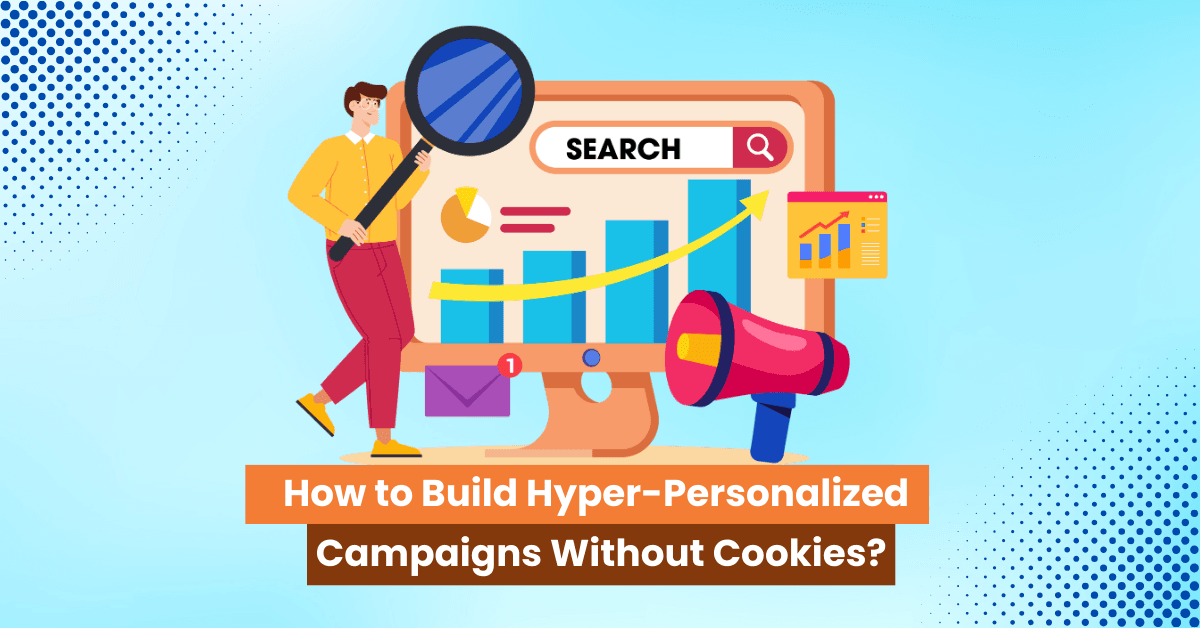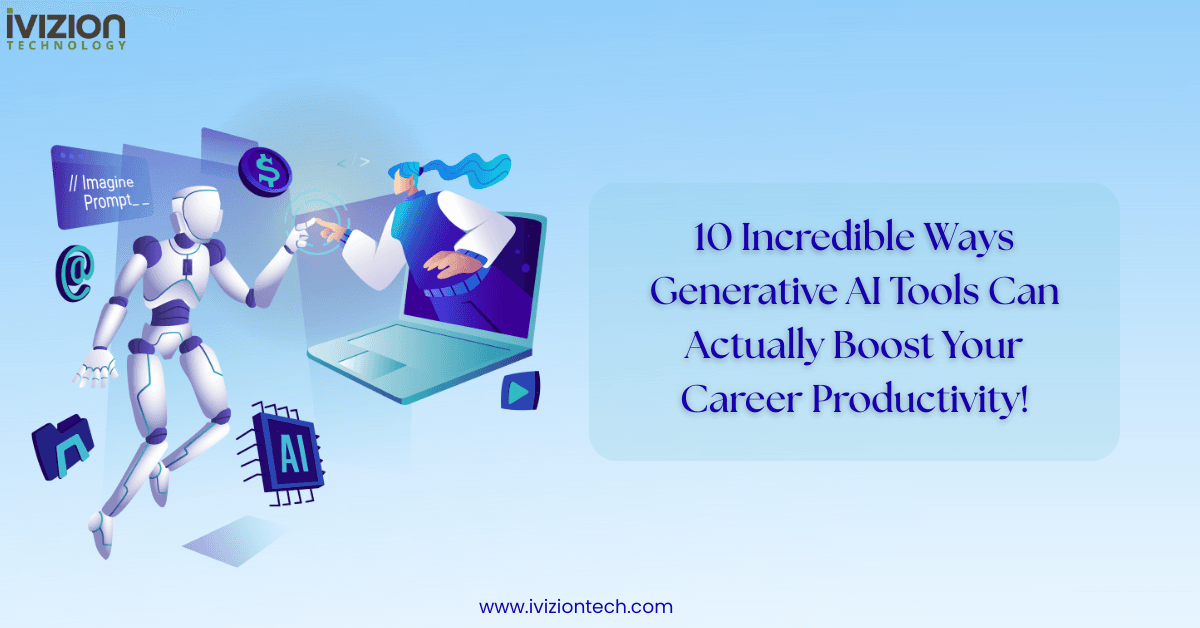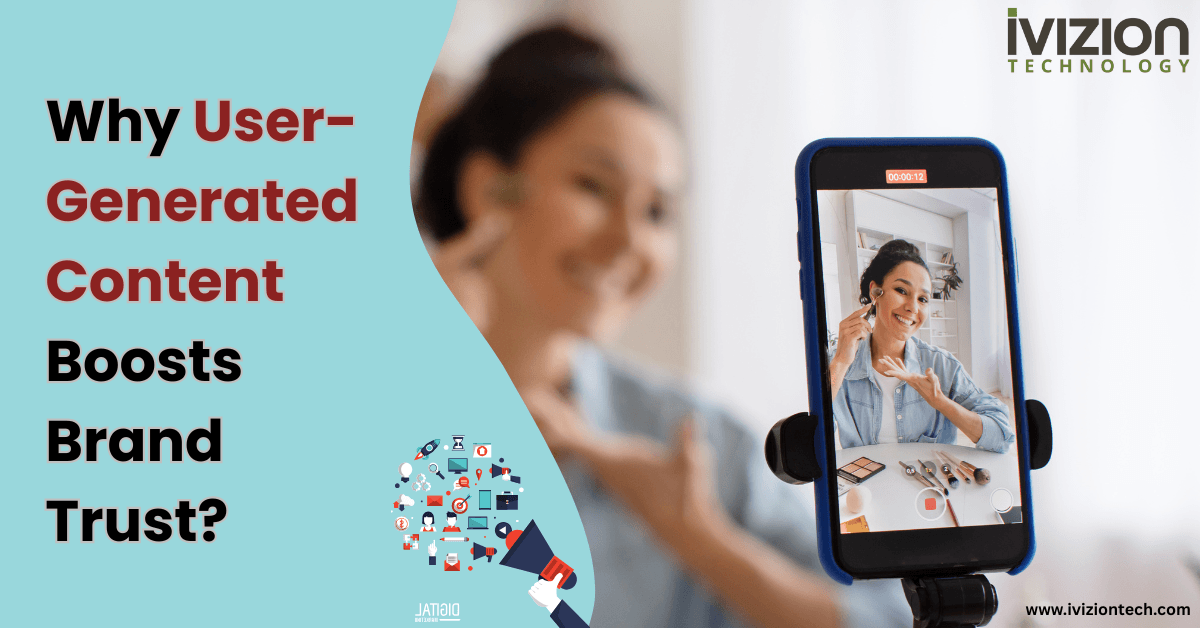
How to Build Hyper-Personalized Campaigns Without Cookies?
You’ve probably noticed the internet feels different lately.
Ads used to follow you everywhere like a clingy ex.
Now, with all the privacy changes and cookie restrictions, that’s starting to fade.
If you’re in marketing, that shift feels big.
The question is… how do you still give people a personal experience without tracking them through third-party cookies?
That’s what we’re going to figure out in this segment: how to build hyper-personalized campaigns without cookies.
Why Cookies Are Disappearing
Before we get into how to build hyper-personalized campaigns without cookies, it’s worth knowing why cookies are getting phased out.
- Privacy laws like GDPR and CCPA
- Browsers are blocking third-party cookies by default
- People are just tired of feeling watched
It’s not all bad. Yes, we lose an easy targeting tool. But it also forces us to get smarter, more respectful, and more creative with personalization.

The EEAT Factor (Why Google Cares)
If you want your campaigns to stand out and get seen, you can’t ignore Google’s EEAT guidelines:
- Experience – Have you done the thing you’re talking about? Show it.
- Expertise – Do you know your stuff, or are you just guessing?
- Authoritativeness – Are other people recognizing you as a go-to voice?
- Trustworthiness – Do you feel reliable or shady?
When you build personalized campaigns now, you’re not just talking to your audience. You’re also showing search engines that you’re a credible source.
How to Build Hyper-Personalized Campaigns Without Cookies

Step 1: Use Your Data (First-Party Data)
Without cookies, your best data is the stuff you collect directly.
- Email signups
- Purchase history
- Website analytics (first-party tracking)
- Surveys and feedback forms
Example: Instead of relying on an ad network to tell you someone’s interested in hiking, you could just ask your subscribers what their favorite outdoor activity is. Simple, right?
The more you know about your audience, the less you need to stalk strangers on the internet.
How to Build Hyper-Personalized Campaigns Without Cookies
Step 2: Segment Like You Mean It
When you’re figuring out how to build hyper-personalized campaigns without cookies, segmentation becomes the main event.
Don’t just split people by age or location. Dig deeper:
- What problem are they trying to solve?
- How often do they buy from you?
- Which products do they ignore completely?
The tighter your segments, the more your content feels like it’s talking to someone, not at them.
Step 3: Context Over History
Cookies tracked past behavior. Without them, you have to pay attention to the current context.
Example:
If someone’s reading your blog post about home office setups right now, show them a relevant guide or product in that moment.
You don’t need to know what they were browsing last week.
Real-time personalization is possible without deep surveillance. It’s just about making smart connections between what’s on the page and what could help next.
Step 4: Make Your Content Pull Its Weight
One thing that often gets missed — your content itself can do the personalization work.
Here’s how:
- Create specific landing pages for each customer segment
- Use language that speaks directly to a single type of person
- Add personalized recommendations based on the page they’re on
If your content is crystal-clear about who it’s for, you don’t need a background dossier on every visitor.
Step 5: Email is Still a Goldmine
Email marketing feels almost old-school now, but it’s perfect for hyper-personalization without cookies.
Why?
Because subscribers give you direct permission to talk to them.
You can:
- Send tailored sequences based on what they’ve clicked before
- Recommend products similar to what they’ve purchased
- Share exclusive content for a certain segment
It’s first-party data in action, and it’s still one of the most profitable channels.
Step 6: Lean on AI (Responsibly)
AI can help you spot patterns in your audience’s behavior without violating privacy.
For example:
- Predictive analytics for what a user might need next
- Automated content suggestions based on on-site activity
- Chatbots that remember preferences just for that session
The key is to keep it session-based or tied to willingly given data, not hidden tracking.
Step 7: Zero-Party Data (When People Tell You Directly)
This one’s becoming more popular — zero-party data.
It’s the information someone gives you on purpose.
Think:
- Preference centers
- Onboarding quizzes
- Polls on social media
Example: A skincare brand could ask new visitors a short set of questions about skin type and goals. Then, they tailor recommendations instantly.
No cookies, no guessing.
Step 8: Community-Driven Personalization
When you think about how to build hyper-personalized campaigns without cookies, you probably imagine tech-heavy solutions. But there’s also a people-focused side.
If you build a community through forums, Facebook groups, or private Slack channels, people will share their interests and needs naturally.
You can shape campaigns around the conversations already happening.
Step 9: Track With Consent
Tracking isn’t completely dead.
It just needs to be transparent.
You can:
- Offer a clear choice between a personalized and a generic experience
- Explain exactly what you’ll do with the data
- Keep it minimal
If people trust you, they’re more likely to opt in.
Step 10: Test and Adjust Constantly
Without cookies, you can’t just “set it and forget it.”
You need to test what’s working — every week, if possible.
- Try different audience segments
- Experiment with headlines and offers
- Compare results across channels
Data gets messier without cookies, but it’s still possible to measure success if you track your metrics closely.
Common Mistakes to Avoid
A few traps I’ve seen marketers fall into:
- Overcomplicating tech – Don’t spend six months setting up a tool you barely understand.
- Ignoring privacy expectations – People notice when you push too far.
- Sending generic stuff to everyone – If you’re not segmenting, you’re wasting effort.
The Real Mindset Shift
The old way: follow people around the web until they clicked.
The new way: earn enough trust and relevance that they want to click.
When you think in terms of service, not surveillance, how to build hyper-personalized campaigns without cookies becomes a creative challenge instead of a technical nightmare.
And honestly?
That’s probably better for everyone.



